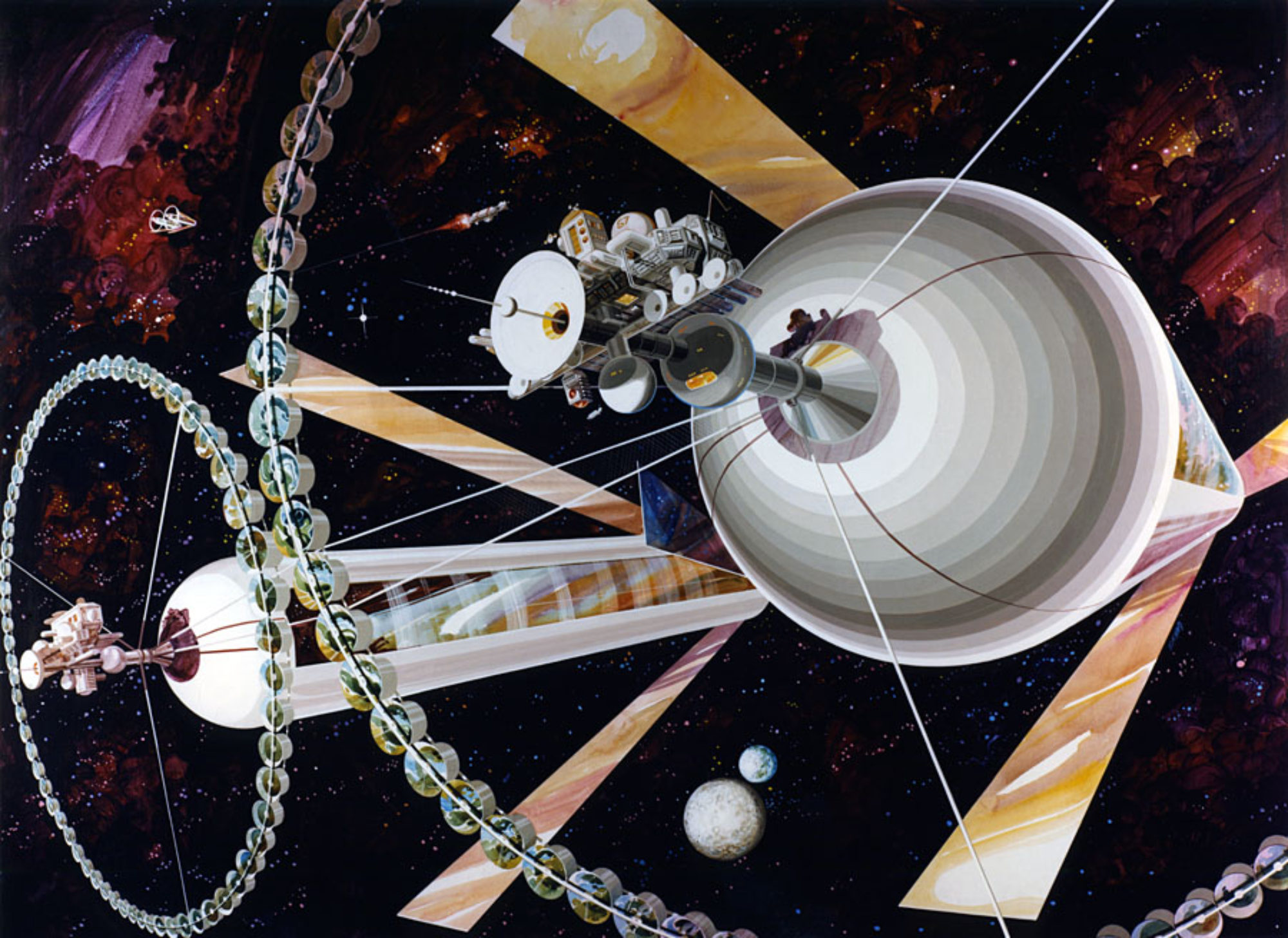
Generation starships have been proposed for eventual settlement of the galaxy. How will such a long term project be planned and carried out? What will be the mechanisms for financing the venture. How will stakeholders be organized and managed? Large scale multi-decade (or century) historical building projects such as cathedrals can be studied as an analog for lessons learned to inform future interstellar missions. Andreas M. Hein of the Initiative for Interstellar Studies has explored this topic in a paper recently posted on the arXiv preprint server, with interesting conclusions on modular architecture, minimum viable product and recommendations on long term financial stability.



